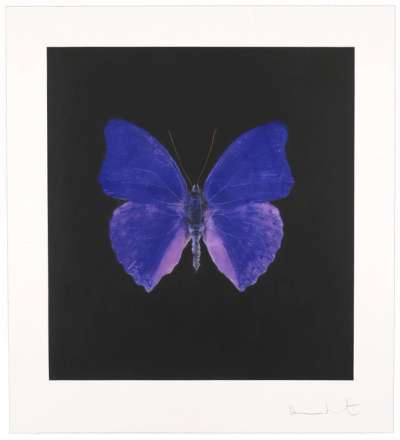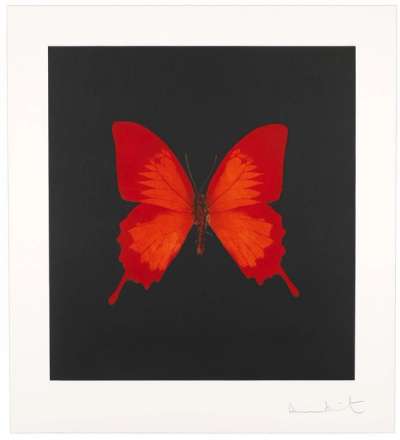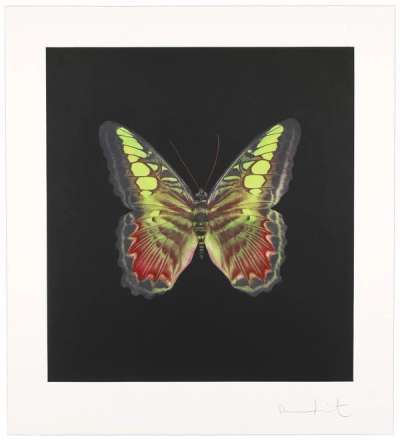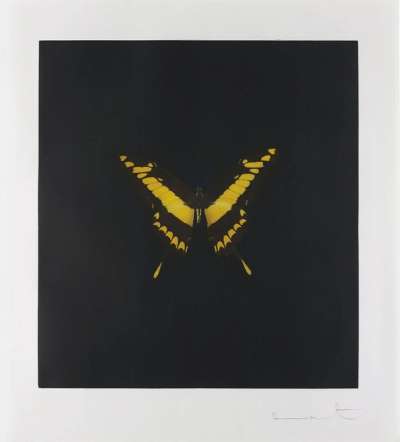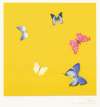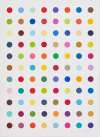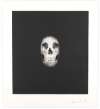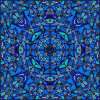The
Souls On Jacob’s Ladder Take Their Flight
Damien Hirst's 2007 The Soul's on Jacob's Ladder Take their Flight sees real butterfly specimens pasted against dark backgrounds, reproduced using an intensive heliogravure process. Hirst’s care-steeped process mirrors the careful preservation of a butterfly specimen by an entomologist. Tellingly, Hirst states “I love butterflies because when […] dead they look alive.”
Damien Hirst The Souls On Jacob’s Ladder Take Their Flight For sale
The Souls On Jacob’s Ladder Take Their Flight Value (5 Years)
With £58036 in the past 12 months, Damien Hirst's The Souls On Jacob’s Ladder Take Their Flight series is one of the most actively traded in the market. Prices have varied significantly – from £2400 to £26532 – driven by fluctuations in factors like condition, provenance, and market timing. Over the past 12 months, the average selling price was £14509, with an average annual growth rate of 10.66% across the series.
The Souls On Jacob’s Ladder Take Their Flight Market value
Auction Results
| Artwork | Auction Date | Auction House | Return to Seller | Hammer Price | Buyer Paid |
|---|---|---|---|---|---|
 The Souls On Jacob's Ladder 1 Damien Hirst Signed Print | 24 Oct 2025 | Christie's New York | £21,250 | £25,000 | £35,000 |
 The Souls On Jacob's Ladder 4 Damien Hirst Signed Print | 8 Apr 2025 | K Auctions | £3,188 | £3,750 | £4,400 |
 The Souls On Jacob’s Ladder 3 Damien Hirst Signed Print | 25 Oct 2024 | Christie's New York | £11,050 | £13,000 | £17,000 |
 The Souls On Jacobs Ladder 5 Damien Hirst Signed Print | 25 Oct 2024 | Christie's New York | £11,050 | £13,000 | £17,000 |
 The Souls On Jacob’s Ladder 2 Damien Hirst Signed Print | 17 Sept 2024 | Christie's London | £5,950 | £7,000 | £9,500 |
 The Souls On Jacob's Ladder 6 Damien Hirst Signed Print | 17 Sept 2024 | Christie's London | £4,250 | £5,000 | £7,000 |
Sell Your Art
with Us
with Us
Join Our Network of Collectors. Buy, Sell and Track Demand
Meaning & Analysis
Created in 2007, Hirst’s The Soul’s on Jacob’s Ladder Take their Flight leans into his interest in Religious themes as well as the butterfly motif. Each print in the series is signed by the artist on the front and numbered on the reverse. The composition of the prints across the series remains the same, showing a brightly coloured butterfly in the centre and set against dark backdrops.
Fascinated by the symbolism that the butterfly holds across the globe, much of Hirst’s artistic oeuvre is dominated by the motif. Behind the intricate appearance of the beautifully rendered butterfly is a tragic set of meanings; their three-day life span reminding the viewer of the fleeting and fragile nature of life itself. Hirst first introduced the butterfly motif over 20 years ago in his In And Out Of Love installation from 1991. This famous work included live butterflies that emerged from white canvases as well as a display of colourful canvases with butterflies randomly placed across their surfaces.
Hirst is notoriously ambivalent with his subject matter and brings themes of love and death into dialogue with one another. Partly explaining why he is so enthralled by butterflies, Hirst has said, “I love butterflies because when they are dead they look alive.” The appearance of life that the butterfly retains in death lies at the heart of Hirst’s aesthetic interests that are concerned with the distance between the beautiful image of the butterfly and the insect in real life.
Despite its simplicity in form, The Souls On Jacob’s Ladder Take Their Flight was produced through a highly labour intensive process. Six real butterfly specimens selected by Hirst were scanned and scaled up to create digital files that were then used for the gravure plates. The image was then etched into the plate by exposing gelatin-coated copper plates to the films which were then placed in acid baths. A second plate, inked in black, was then used to create more depth in the dark background.
